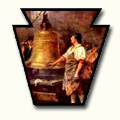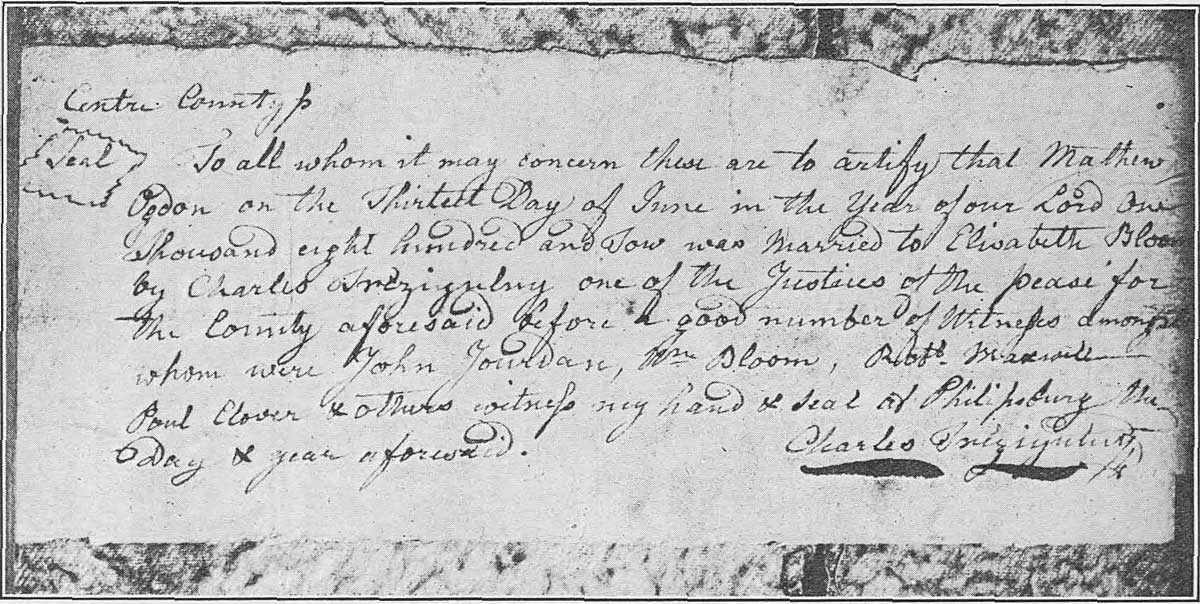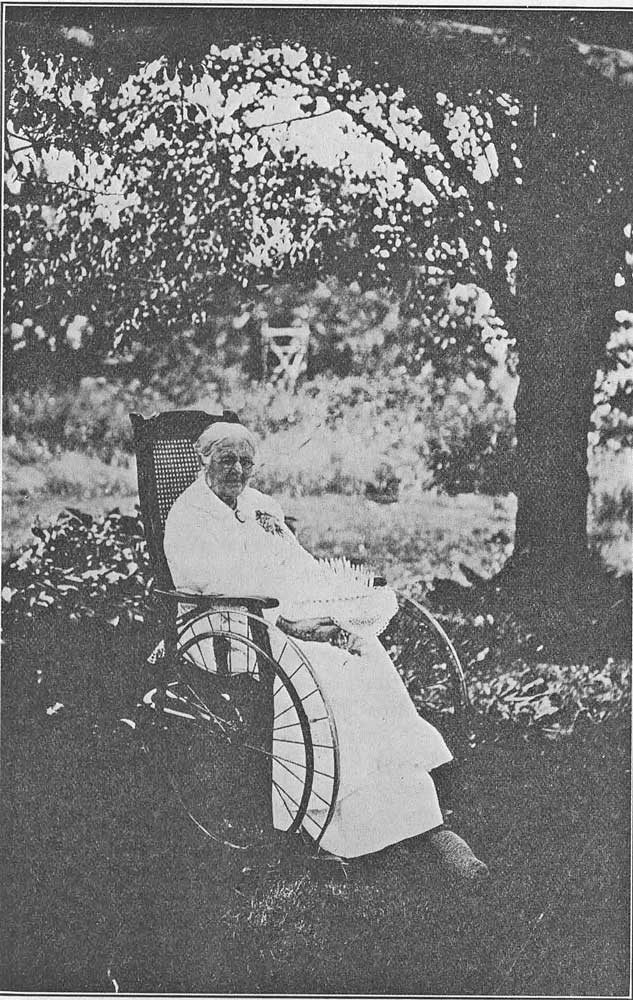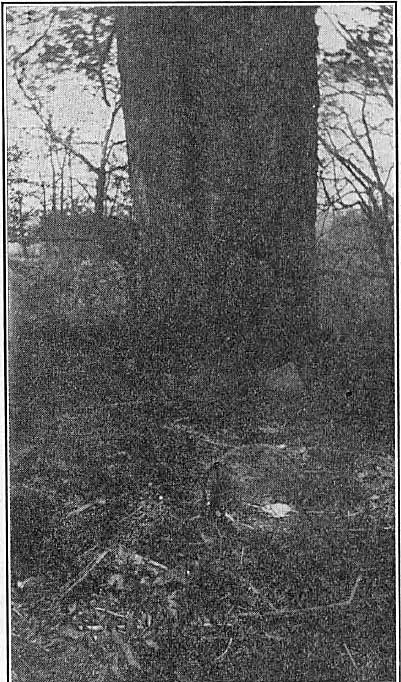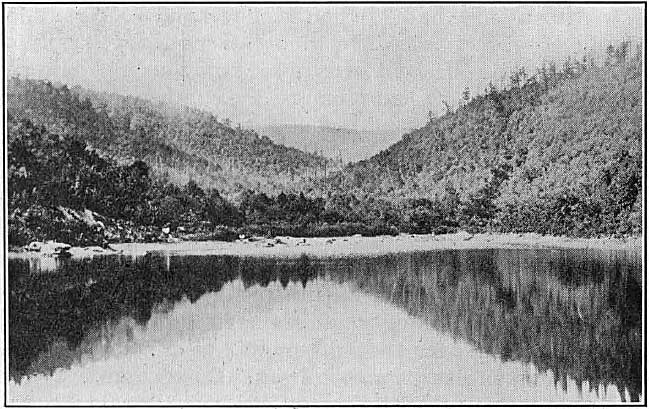| |
38 CLEARFIELD COUNTY - PRESENT AND
PAST
Benjamin Hartshorn, William Hanna, William Hepburn, Dewalt Hess, Abraham Hess,
George Hunter, Hugh Hall, Henry Irwin, Hugh Jordan, John Jordan, Benjamin Jordan
John Hiler, Andrew Kephart, Henry Kephart, Conrad Kyler, Leonard Kyler, Thomas
Kirk, David Ligat, David Lewis, Thomas Lewis, Joseph Leonard, David Litz, Jane
Leathers (Lewis), Abraham Leonard, William Leonard, James McCracken, Thomas
McClure, Joseph McCracken, Robert McCormick, John Moore, Thomas Mapes, James
McCracken, Jr., Robert Maxwell, Robert McCracken, Thomas McGee, Daniel Ogden,
Matthew Ogden, John Owen, Joab Ogden, Joseph Patterson, Absalom Pierce, Abraham
Passmore, William Robinson, Isaac Ricketts, Edward Ricketts, Alexander Read,
Sr., Alexander Read, Jr., George Reynolds, Nicholas Straw, Benjamin Smeal,
Nicholas Smeal, George Shimmel, John Shirley, Elisha Scofield, Christian Straw,
Francis Stephens, William Tate, Samuel Turner, William Underwood, George Wilson,
John Weld, John Welch, George Welch, Jacob Weiser, John Weiser, Thomas Winters,
George Williams, Peter Young.
The following were the single freemen of the county:
Joseph McCracken, Robert McCracken, James McCracken,
Andrew Beers, Jr., Robert Maxwell, Peter Clover, John Kyler, Conrad Kyler,
Conrad Kyler, Jr., Samuel Jordan James Kirk, James Carson, Lewis Lewis, James
Dunlap, James Galloway, Job England, Robert Howey, Andrew Bean, Daniel
McCracken, David Flegal, George Haney, David Dunlap, James Dunlap, Solomon
Cline, Samuel Jordan, Samuel Boyd, Thomas Read, John Conoway.
The early families settling the eastern side of the
county were mostly from Center county, while those settling on the south-east
came from Huntingdon and the counties beyond.
|
|
